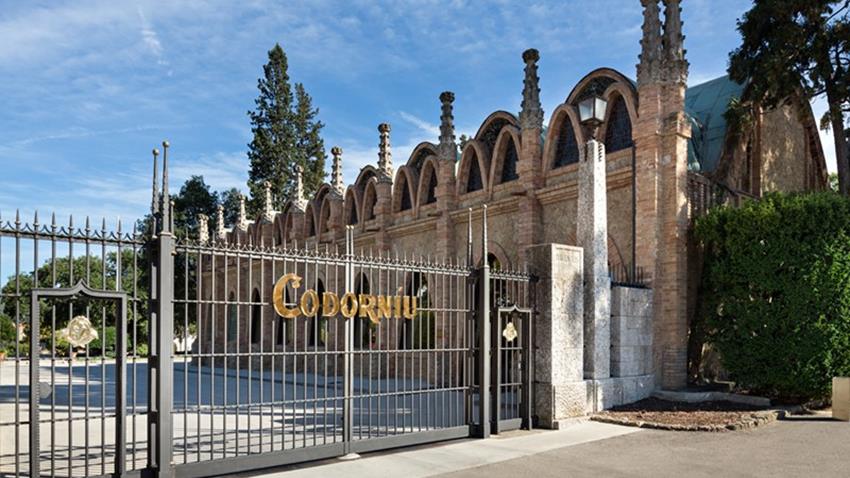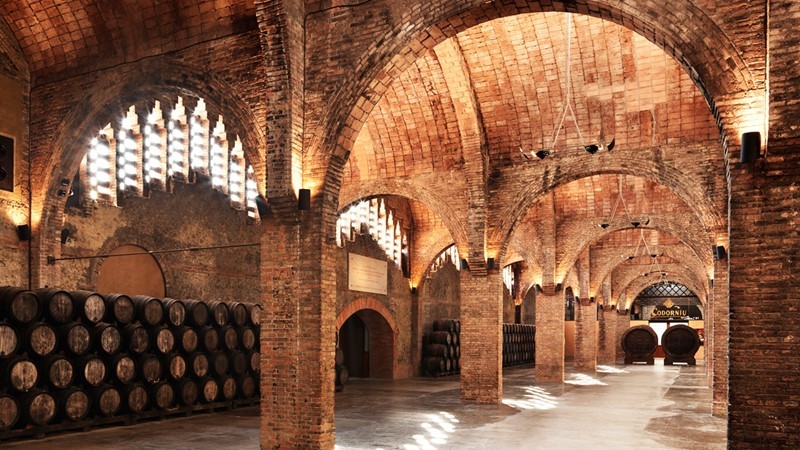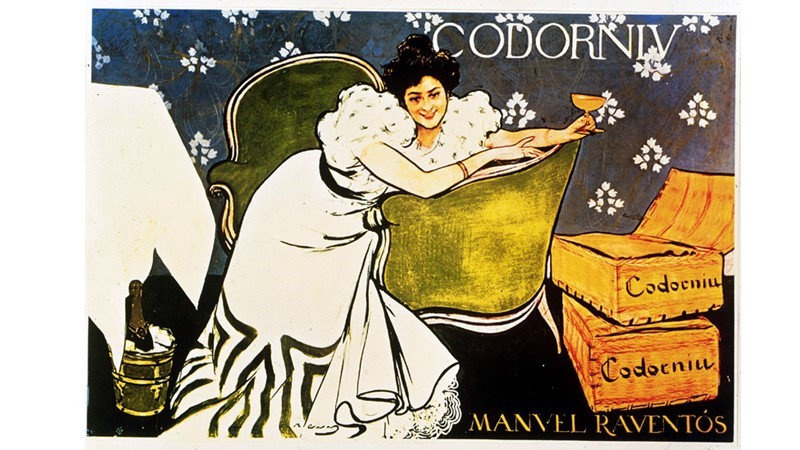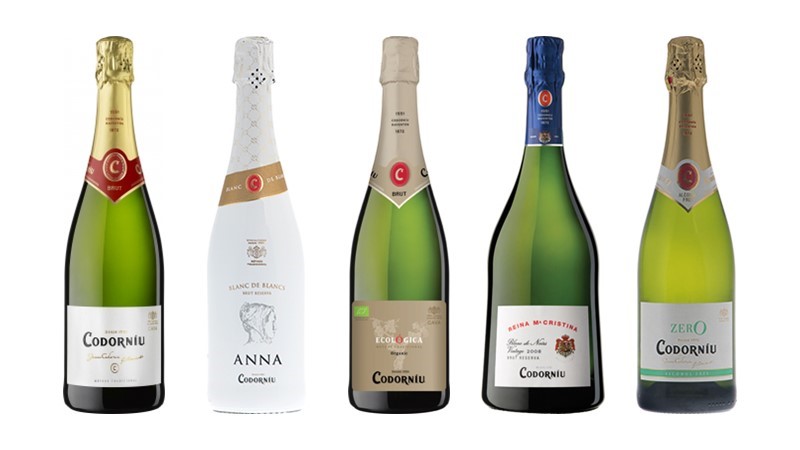
Josep Raventós Fatjó was the pioneer of the Cava industry. He produced his first bottle of Cava by applying the traditional method, as used to make Champagne, to a blend of classic Penedès grape varieties. It was a historic event for the Codorníu winemaking family. A dynasty that had been producing wines in the region since the middle of the 16th century.
It was Jaume Codorníu who first set the family on this path. He founded Codorníu as a producer of still wines in 1551; making Codorníu the oldest family business in Spain. It was, however, the last of his descendants to use the family name, and heiress to the estate, Anna Codorníu who brought the next milestone.
In 1659 Anna Codorníu married Miquel Raventós, uniting two important winegrowing families. 213 years later Josep Raventós would produce the first bottles of Cava. With it, Josep had created a new industry in Catalonia for Spanish sparkling wines. His inspiration had come from his travels across Europe, where he was working to promote his still wines. He stopped by in Champagne and witnessed the traditional method, realising the potential for its use back at his Penedès winery.

The traditional method of making sparkling wine involves two fermentations of the juice, one of which has to happen in the bottle. The grape juice is first fermented in barrels before it's transferred into bottles where yeast and sugar are added. The bottle is sealed with a temporary closure. The sealed wine then undergoes a secondary fermentation as the added yeast consumes the sugar, converting it into alcohol. A natural by-product of fermentation is CO2. In this instance it's trapped inside the sealed bottle, dissolving into millions of tiny bubbles. This creates the naturally sparkling wine we love.
Left inside the bottle, however, is an unsightly sediment of dead yeast cells (lees). A process called riddling enables the winemaker to remove the lees. The bottles are turned neck down and rotated by small increments funnelling the yeast sediment to the neck of the bottle. The neck is then cooled to freeze the lees, opened and the pressure of the wine pushes out the frozen chunk. The winemaker will then top up the bottle with some sugar and wine called a dosage and seal with a cork.

By 1885 Manuel Raventós, an early visionary in the world of advertising was preparing to make Cava a household name. In 1895 plans were made to build a new winery and in 1915, construction of the new Codorníu cellars was completed. It is an architectural feat, and a fine symbol of the company’s enterprising spirit and vision of the future. Josep Puig i Cadafalch, who, like Gaudí, was a leading exponent of the great Catalan modernist architectural school, was in charge of the design and construction of the winery.
The new winery was grandiose but some distance from the railway or even roads, it was a price to pay to ensure the family remained close to the vines. In 1976 Spanish King Don Juan Carlos declared the winery a National Historic Artistic Monument.
The family have never rested on their laurels, in 1984 Anna de Codorníu (12125) was launched (the most popular Cava in Spain), the first Cava wine to include Chardonnay. In 2004 Codorníu once again revolutionised the Spanish Cava market by launching the first 100% Pinot Noir Rosé Cava (21747), a product that perfectly demonstrates Codorníu’s innovative flair. In 2010 they brought us (29794) Codorníu Zero, alcohol-free Cava.
Today you will find 10 wines in our range from the historic house of Codorníu. (12082) Codorníu Brut Cava uses a blend first perfected by Josep Raventós in 1872. It combines Parellada, Xarel.lo and Macabeo grapes to produce a classic, dry sparkling wine.

Codorniu Ecologica (27044) is made from organically grown local varietals. The wine forms a large part of the wineries advances towards ethical production. Codorniu signed up to the Barcelona Declaration at the Wineries for Climate Protection in 2011. In doing so they pledged to reduce their carbon footprint per bottle by 20% by 2020. This involves making all buildings sustainable, recycling and recovering materials to reduce waste, and limiting the use of chemicals.
It’s been an awfully long time since Jaume Codorníu started what would become a dynasty producing millions of bottles of Cava every year. But Cava has not faded, withered besides the indomitable Champagne or rising star of Prosecco. Cava continues upwards.
You can find more information about the wines we stock from Codorníu here. If you want to stock Codorníu Cava, click here to place an order online now, or here to request an account with us; and don’t forget we’re here to support you with everything you need to ensure that your wine range is a success, from free menu design and print services to staff training.

